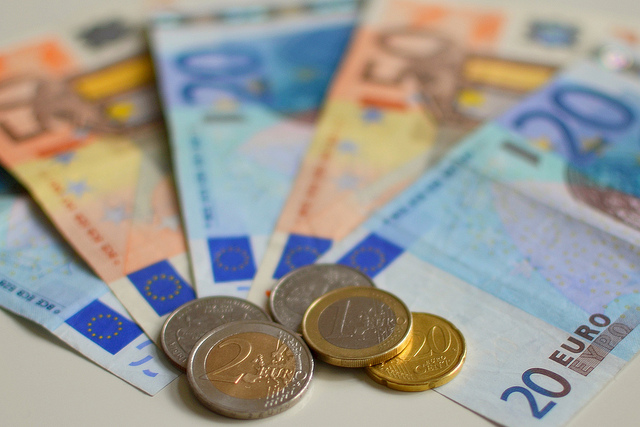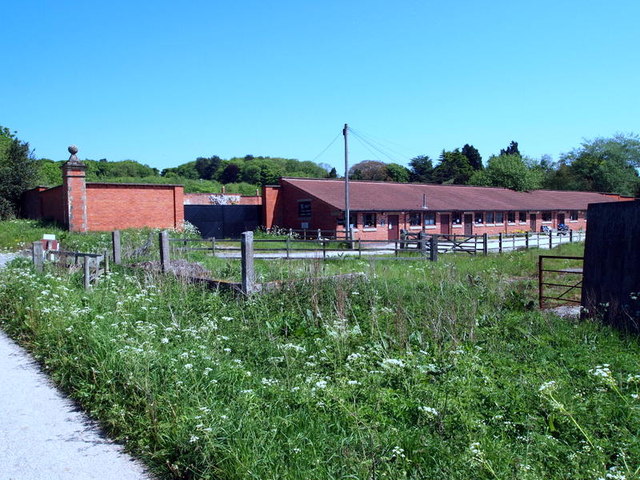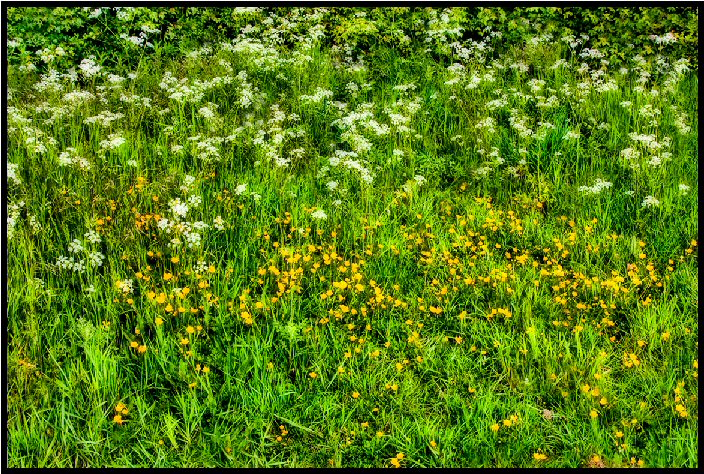Three researchers at Leuven University, Jo Swinnen, Kristine Van Herck and Thijs Vandermoortele, in a recent paper in the newly-launched BAE Bio-based and Applied Economics journal put the spotlight on the potential to base future growth in European agriculture on the willingness of consumers to pay a price premium in exchange for various ‘experiences’ (working paper version available here ). They suggest that this may be a more promising growth strategy, at least in some sectors or for some regions, than a more conventional emphasis on producing food, albeit of high quality, at low cost.
Definition of experience goods
The researchers base their proposal on two pieces of evidence.… Read the rest







